You can have fun with 3d printed toys that are safe for kids and families. New toy designs have rounded corners and big pieces. You do not need glue, so there are fewer risks. Many 3d printed toys use paints that are safe for children. Parents are encouraged to help for more safety. More families are trying these toys now. You can find colorful action figures and learning models. This new way helps people be creative. It also lets everyone share fun activities together.
Key Takeaways
- 3D printed toys give families fun ways to make toys. You can change toys to match what kids like. This helps families spend time together and get closer.
- Using safe materials like PLA and PETG is important. Good design choices like smooth edges and large parts keep toys safe for kids.
- Simple online tools and websites help you change toy designs. You do not need to be an expert. This makes it easy for everyone to be creative.
- 3D printing helps kids learn about STEM. Kids can design, build, and test toys. This helps them get better at solving problems and learning about engineering.
- Picking eco-friendly materials is good for the earth. Printing only what you need cuts down on waste. This helps protect the environment when making toys at home.
Why 3D Printed Toys
Benefits for Families
You can bring new excitement to your home with 3d printed toys. These toys offer many benefits for families. You get to choose what you want to make, which means you can focus on customization. You can design a toy that fits your child’s favorite game or hobby. This makes every play session special.
When you use 3d printed toys, you can involve everyone in the process. Parents and kids can work together to pick models, change colors, or even design new shapes. This teamwork helps you learn new skills and build stronger family bonds. You also get to teach children about safety. For example, you can choose safe materials like PLA, which is low in toxins and good for kids’ toys.
Tip: Keep your printing materials dry for the best results. The Sovol SH01 dryer helps you store filament safely. Dry filament gives you smoother toys and fewer printing problems.
3d printed toys also let you fix or upgrade old toys. If a piece breaks, you can print a new one. You do not need to throw away the whole game. This saves money and reduces waste.
Popular Types
You can find many types of 3d printed toys for every age and interest. Here are some popular choices:
- Puzzle games: These help kids think and solve problems.
- Animal figures: Great for pretend play and learning about nature.
- Building blocks: You can create your own shapes and structures.
- Board game pieces: Replace lost parts or make custom tokens for your favorite game.
- Educational models: Teach science or math in a fun way.
Customization is easy with 3d printed toys. You can change the size, color, or even add your name to a toy. This makes each game unique. You can also find models online or design your own for even more customization. With so many options, you can always find a new way to play and learn together.
Customization and Creativity
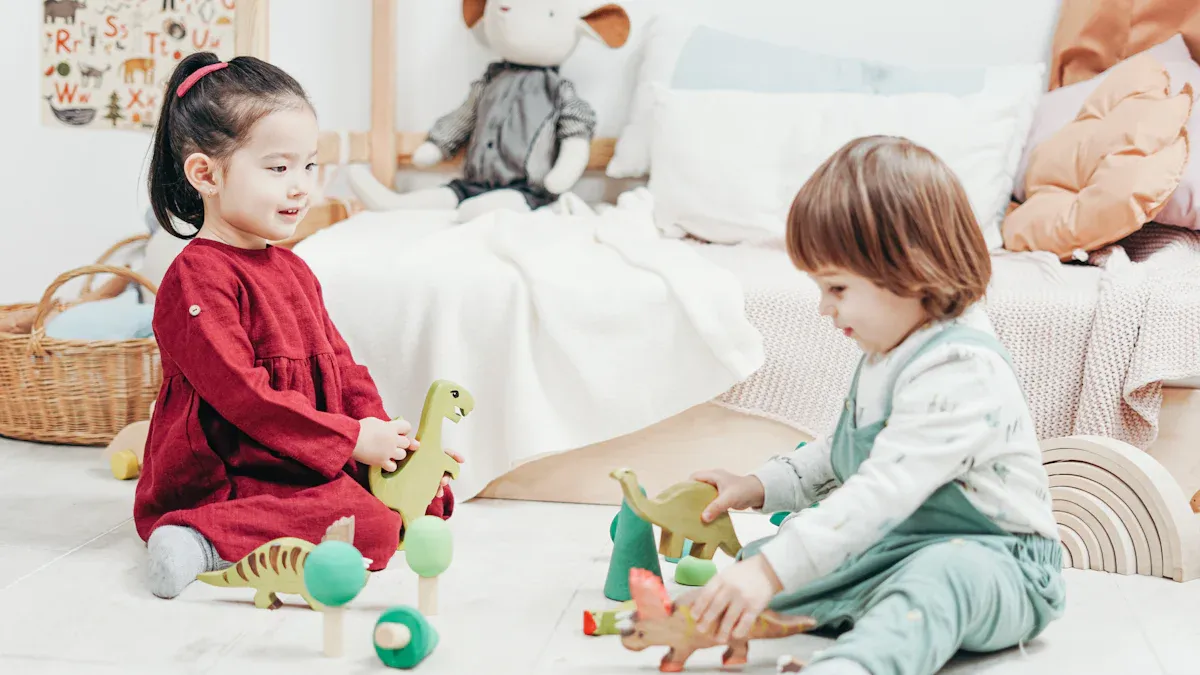
Personalizing Toys
You can make every toy special by changing it. Pick the size, color, or add your child’s name. This makes each toy different and important. Many families use Toybox or Etsy to change toy designs. You do not need to be an expert to begin. These websites let you change details and watch your ideas appear.
Kids love toys made just for them. They feel happy and proud of what they make. You can print action figures from movies or make puzzles that match what your child likes. Some families use digital files from Disney or Mega. This lets you print real character models and add your own style. You can also print new parts if a toy breaks, so it lasts longer.
Note: The Sovol SH01 dryer keeps your filament dry. Dry filament helps your toys look smooth and turn out better.
Studies show that making toys your own helps kids get more interested. Kids who help design toys learn new things and have more fun. They like building and testing what they make. Families can work together, so everyone learns and has fun.
Design Tools
There are many tools to help you design and change toys. Simple online editors let you change shapes, colors, and features. Some tools use drag-and-drop, so you do not need to know hard software. Toybox and other sites are easy for beginners. You can also find free models online and change them to fit what you want.
If you want to do more, you can use Tinkercad. This tool lets you make new toys or change old ones. You can mix and match parts to make new designs. You can print, test, and fix your toy until it is just right.
Tip: Use the Sovol SH01 dryer to keep filament dry. Dry filament helps your toys print well and stops mistakes.
Making and changing toys with 3D printing is fun for families. You can try new ideas and solve problems together. Personalized toys and easy tools help you turn your ideas into real toys.
3D Printing Technology
How It Works
You can use 3d printing technology to turn digital ideas into real toys. This process starts with a digital design. You choose or create a model using special software. The printer reads the design and builds the toy layer by layer. Each layer is very thin, so you get smooth shapes and fine details. Many families use 3d printing technology at home because it is now faster and easier to use. Companies like Toybox Labs make printers just for kids and families. These printers help you explore innovation and creativity together.
The global 3d printing technology market for toys is growing fast. Experts say it will reach over $15 billion by 2032. This growth comes from more people wanting custom toys and better home printers. You can now print characters from movies or even NASA-themed models. 3d printing technology lets you try new designs and share the fun with your family. You can also use eco-friendly materials like PLA, which are safe for kids.
Tip: Keep your filament dry with the Sovol SH01 dryer. Dry filament helps your toys print with better detail and fewer mistakes.
Home Printing Tips
You can get great results with 3d printing technology by following some simple steps:
- Check your design for errors before printing. Use modeling tools to spot problems.
- Set the right layer height and infill density. Thinner layers give smoother toys, but take more time.
- Use support structures for complex designs. Remove them after printing for a clean finish.
- Calibrate your printer often. Adjust the bed and nozzle height for better accuracy.
- Use a heated bed to stop warping, especially for big toys.
- Choose the right material. PLA is easy to use and safe for most toys.
- After printing, smooth rough edges with sandpaper or a heat gun. You can paint or decorate your toy for extra fun.
Note: The Sovol SH01 dryer keeps your filament in top shape. This means your 3d printing technology works better and your toys last longer.
3d printing technology brings innovation to your home. You can design, print, and play with toys that match your child’s interests. This hands-on approach helps your family learn about design and problem-solving. Many top toy companies use 3d printing technology for their own products. Now, you can join this wave of innovation at home.
Safety for Kids
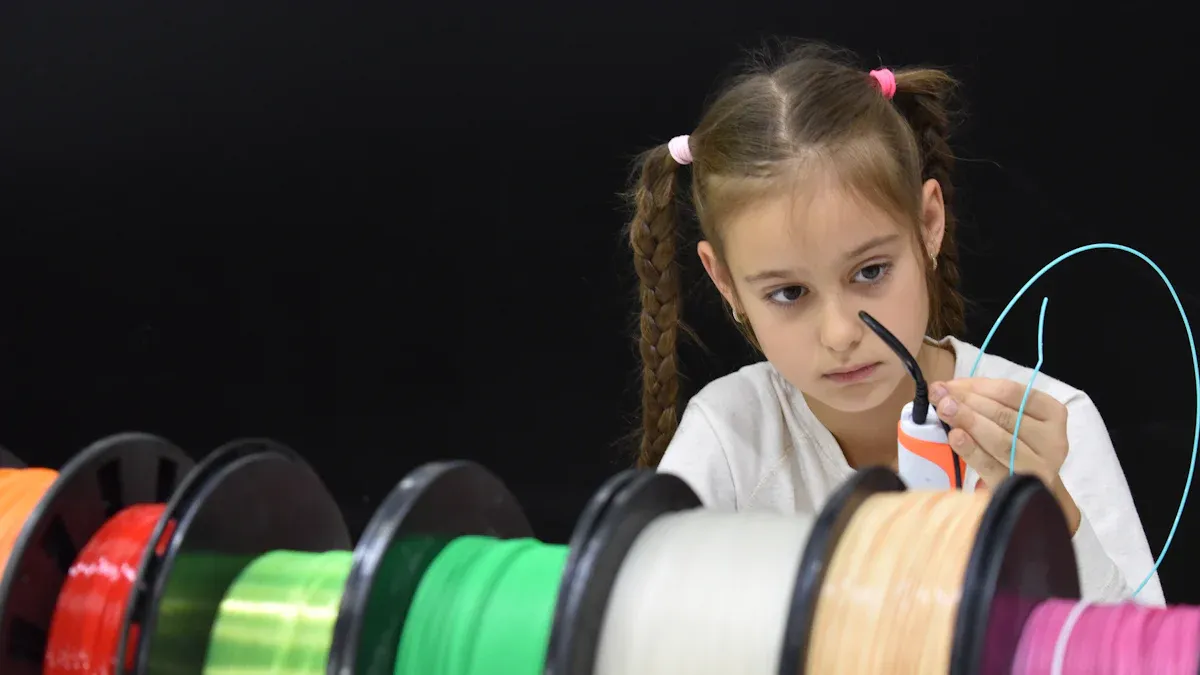
Safe Materials
When you make 3d printed toys for kids, you need to choose safe materials. PLA is a popular choice. This material comes from plants and is biodegradable. Most people consider PLA non-toxic, so it works well for simple toys. You can print puzzles, animal figures, or building blocks with PLA. It is easy to use and does not cost much. However, PLA does not handle heat or rough play very well. If you want toys that last longer, you can try PETG. PETG is strong, resists impact, and stands up to moisture. Many families use PETG for toys that need to survive drops or outdoor play.
Flexible resins can make soft-touch toys, but they wear out faster. These resins can break down in sunlight or after lots of bending. You should handle them with care, especially during printing. Some resins can be toxic before they finish curing. Always wash your hands after touching uncured resin.
ABS is another material you might see. It is tough, but printing with ABS can release fumes. These fumes can be harmful if you breathe them in. You should only use ABS in a well-ventilated space or a closed printer. For most home projects, PLA and PETG are safer choices for kids.
Tip: Store your filament in a Sovol SH01 dryer. Dry filament prints better and makes toys smoother. This helps you avoid rough edges that could scratch kids’ hands.
You should not use 3d printed toys for food or water. Even safe materials can have tiny holes where germs can hide. Always check the toy for cracks or sharp spots before giving it to kids.
Design Considerations
You can make 3d printed toys safer by following smart design rules. Start with rounded edges. Sharp corners can hurt kids during play. Make sure all parts are big enough so kids cannot swallow them. Small pieces can be a choking hazard, especially for younger kids.
Use thicker walls in your design. Thin toys break more easily. Thicker toys last longer and keep kids safe. You can also sand or coat the surface after printing. This removes rough spots and makes the toy feel smooth.
Here is a table with key safety tips for designing 3d printed toys:
|
Design Aspect |
What You Should Do |
|---|---|
|
Material Selection |
Pick non-toxic filaments like PLA or PETG for safe, eco-friendly toys. |
|
Safety Design |
Use rounded edges and avoid small parts to reduce choking risks. |
|
Printing Technology |
Choose FDM or SLA printers for good detail and strong toys. |
|
Durability |
Make walls thicker and sand surfaces for longer-lasting toys. |
|
Ergonomics |
Shape toys to fit kids’ hands for safe, comfortable play. |
|
Testing & Standards |
Test toys for safety and follow recommended guidelines before giving to kids. |
You should always print toys in a space with good airflow. Some printers release tiny particles or fumes, especially with ABS. Keep kids away from the printer while it runs. After printing, check each toy for loose parts or sharp edges.
Note: The Sovol SH01 dryer keeps your filament dry, which helps your printer make stronger, safer toys. Dry filament also reduces the chance of printing errors that could make toys unsafe.
You can involve kids in the design process. Let them help pick colors or shapes. This makes playtime more fun and teaches them about safety. Always supervise kids when they use 3d printed toys, especially if the toys have moving parts.
Finding Toy Models
Online Repositories
You can find many 3d printed toys by searching trusted online repositories. These sites make it easy to browse, download, and print models for your next family game or creative project. Here are some popular choices:
- Printables.com lets you order 3d printed parts in your favorite colors and have them delivered to your home. This feature helps you get the exact toy you want, even if you do not own a printer.
- Make.Toys offers a wide range of models for every type of game or play style. You can search by category or age group, which helps you find safe and fun toys for kids.
- Creality Cloud connects directly with many 3d printers. You can move from picking a model to printing it with just a few clicks. This smooth process saves time and builds trust in the models you choose.
These repositories help you start your 3d printed toys journey with confidence. You can read reviews, see photos, and check ratings before you print. Many families use these sites to find new ideas for their next game night or learning activity.
Tip: Store your filament in a Sovol SH01 dryer before printing. Dry filament gives you smoother toys and helps your printer work better with detailed models.
Age-Appropriate Choices
Choosing the right toy model for your child’s age and play style is important. Studies show that kids use toys best when they match their age and interests. Younger children enjoy simple shapes and large pieces. Older kids like puzzles, building sets, and game pieces with more detail.
|
Age Group |
Toy Type |
Play Style |
Game Example |
|---|---|---|---|
|
Large blocks, animals |
Stacking, sorting |
Animal matching game |
|
|
4-6 yrs |
Puzzles, vehicles |
Problem-solving |
Simple board game |
|
7-8 yrs |
Building sets, tokens |
Strategy, rules |
Custom board game |
You can use these guidelines to pick safe and fun 3d printed toys. Always check the model’s size and shape before printing. Avoid small parts for young kids to keep playtime safe. Try printing a new game piece or puzzle for your next family night. This way, everyone can join the fun and learn together.
Educational Value
STEM Learning
You can use 3D printed toys to boost STEM learning at home. These toys help you connect science, technology, engineering, and math to real-life situations. When you design and print a toy, you learn how shapes, measurements, and materials work together. Many students who tried 3D printing said they felt more interested in engineering and enjoyed making objects they could use every day, like a reusable bottle or a cup holder. You get to see how your ideas turn into something you can touch and use.
- Students who worked with 3D printing showed more excitement about learning and solving problems.
- You can practice skills like geometry, measurement, and 3D modeling by making things such as custom containers, toy cars, or name plates.
- 3D printing lets you try, test, and improve your designs, just like real engineers do.
Companies like Toybox Labs and LEGO now add STEM lessons to their 3D printing platforms. You can explore how things work by building and testing your own toys. This hands-on approach makes learning fun and helps you remember what you learn.
Tip: Keep your filament dry with the Sovol SH01 dryer. Dry filament helps your toys print with better detail, which is important for learning about design and engineering.
Family Projects
You can turn 3D printing into a family project. Work together to pick a toy model, change its design, and print it at home. Families in many countries have used 3D printing to create toys that help children learn new languages or feel included in group activities. You can use games like Minecraft to design toys as a team, even if you are not an expert.
When you work on a project together, everyone learns new skills. You can talk about how to make the toy safer or more fun to play with. Some families use 3D printing to solve real problems, like making a missing game piece or creating a toy that fits a special need. Teachers and parents often lead these projects, but kids can take charge of the design and testing.
Note: The Sovol SH01 dryer keeps your filament in top shape during long family projects. This means your toys will look better and last longer, making every play session more enjoyable.
Environmental Impact
Eco-Friendly Materials
You can help the earth by picking eco-friendly materials for 3D printed toys. Many families use biodegradable filaments like PLA. PLA comes from plants like corn or sugarcane. These materials break down faster than normal plastics. This helps with sustainability and keeps the planet cleaner. PLA and other natural fiber filaments, such as wood-PLA or bamboo-PLA, help reduce pollution and waste. You can also use recycled filaments like RPET. RPET is made from old plastic bottles. These choices turn trash into new toys and help the environment.
- Research shows that using biodegradable and recyclable materials in 3D printing lowers waste and pollution.
- Life Cycle Assessment (LCA) studies show the full impact of your toys, from making them to throwing them away.
- 3D printing with eco-friendly materials can use less energy and cut greenhouse gas emissions by up to 64%. This helps with sustainability.
- Natural fibers like wood, bamboo, and jute make toys safer for the planet and your family.
Tip: Keep your eco-friendly filament in a Sovol SH01 dryer. Dry filament prints better and lasts longer. This helps you waste less and supports sustainability.
Reducing Waste
You can help the planet by making less waste when you print toys at home. 3D printing uses only the material needed for each toy. This means you waste less than with old ways of making toys. You can print toys only when you need them. This stops you from making extra toys that no one uses. Printing at home also means less packaging and shipping waste. This helps with sustainability.
|
Waste Reduction Method |
How It Supports Sustainability |
|---|---|
|
Uses only needed material, less waste |
|
|
On-demand production |
No extra inventory, less unused toys |
|
Localized production |
Less packaging and shipping waste |
|
Material recyclability |
Recycle failed prints into new filament |
|
Biodegradable materials |
Toys break down safely, less plastic in landfills |
You can recycle failed prints and leftover materials into new filament. This creates a closed-loop system and keeps plastic out of landfills. The Sovol SH01 dryer helps keep your filament in good shape. This means you waste less and print more toys that work. When you pick eco-friendly materials and smart printing habits, you teach your family about sustainability. You also help protect the earth for the future.
When you pick 3d printed toys, you open up new ways to be creative.
- You can change the size of toys or add special details.
- Each project lets you learn by doing and think of new ideas.
- Your family can share files, help each other, and make fun memories together.
- The Sovol SH01 dryer keeps your filament in good shape, so your toys are strong and you can keep making new things.
You help make playtime better by trying new designs and making toys your own. Let your family’s ideas and creativity grow with every toy you print.
FAQ
What is the safest material for 3D printed toys?
PLA is the safest choice for most 3D printed toys. It comes from plants and does not release harmful fumes. You can use PLA for puzzles, blocks, and animal figures. Always check for sharp edges after printing.
How do I keep my 3D printing filament in good condition?
You should store your filament in a Sovol SH01 dryer. This keeps it dry and ready for printing. Dry filament helps your toys print smoother and last longer.
Where can I find toy models for different ages?
You can visit sites like Printables.com, Make.Toys, and Creality Cloud. These sites offer models for all ages. You can search by age group or play style to find safe and fun toys for your family.
How can I make sure my 3D printed toys are safe for kids?
- Use large parts to avoid choking hazards.
- Round all edges and corners.
- Choose non-toxic materials like PLA or PETG.
- Always check toys for cracks or sharp spots before giving them to kids.

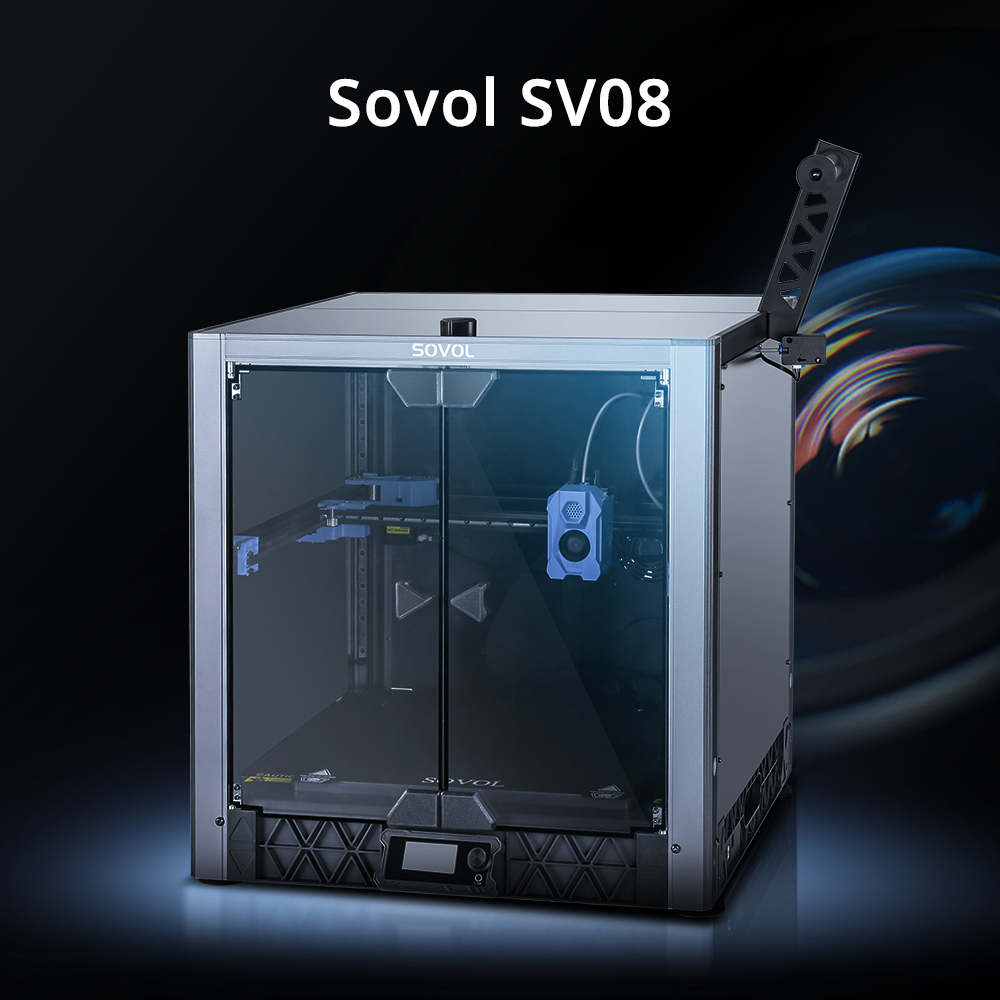
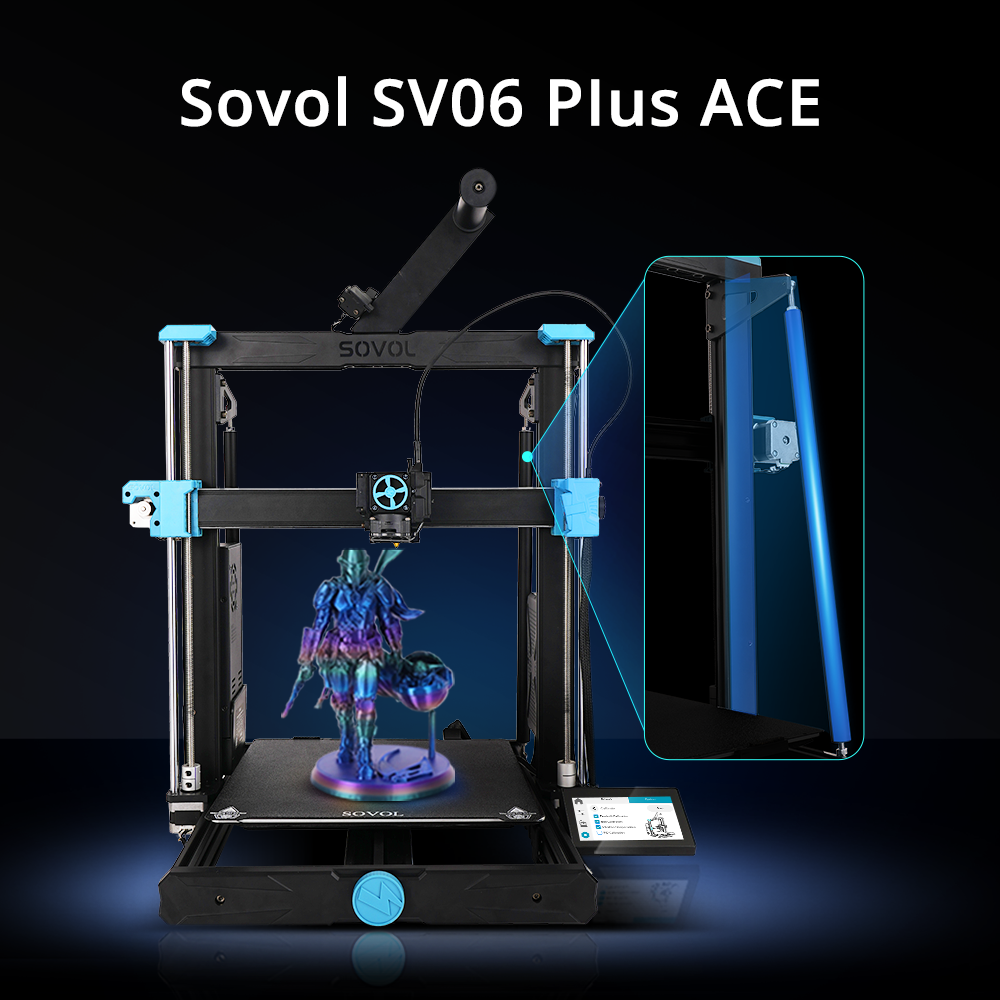
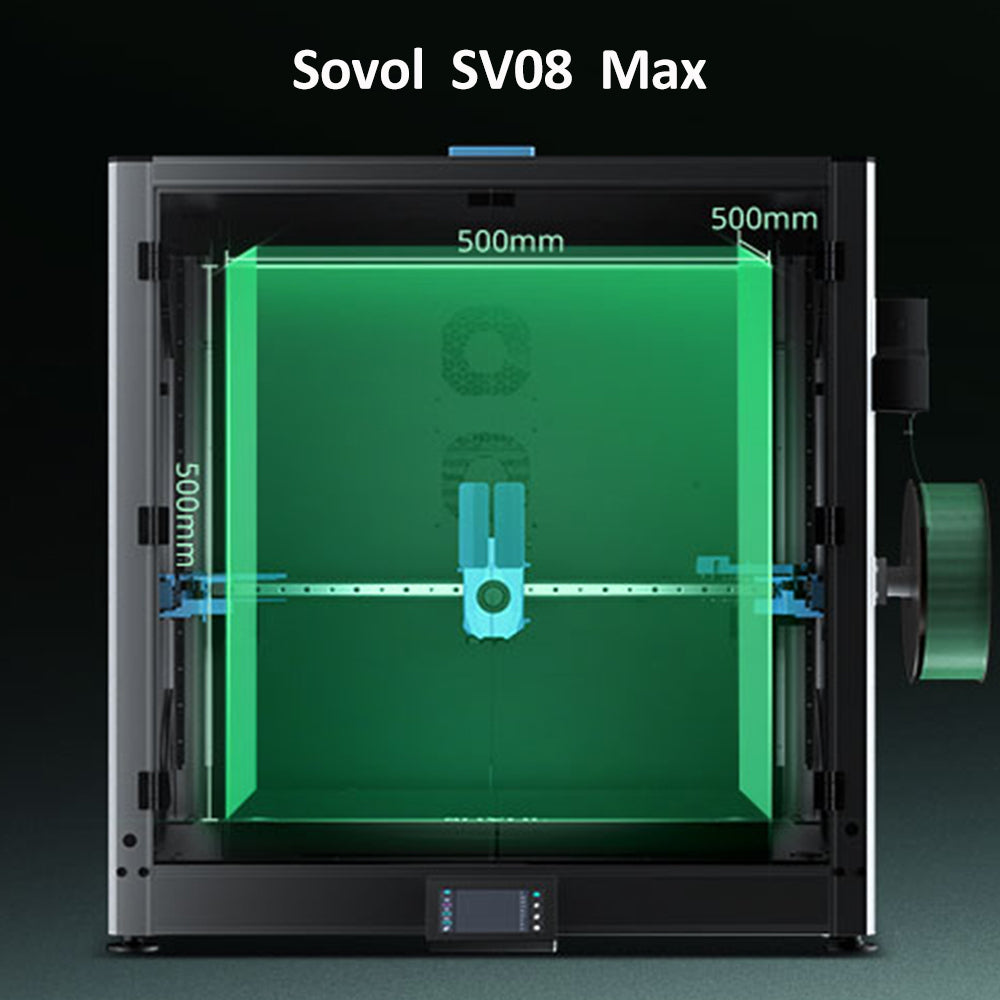
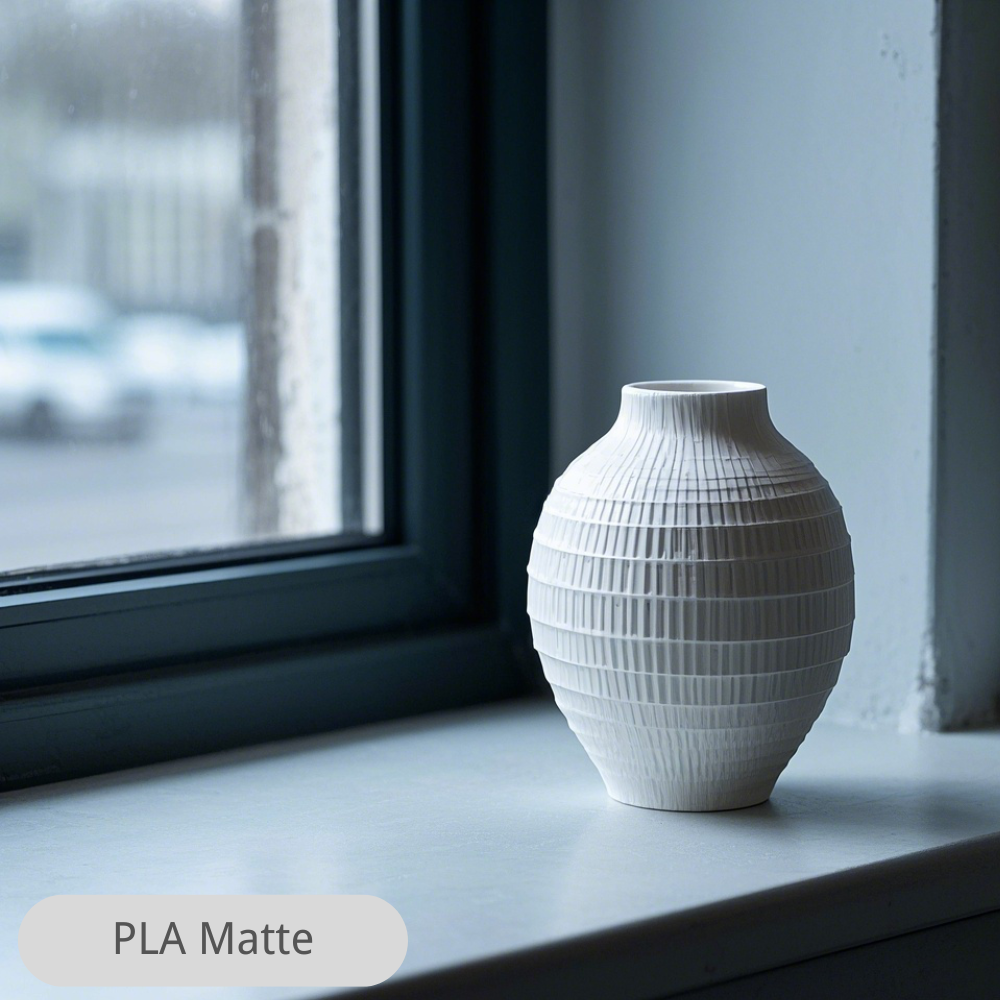
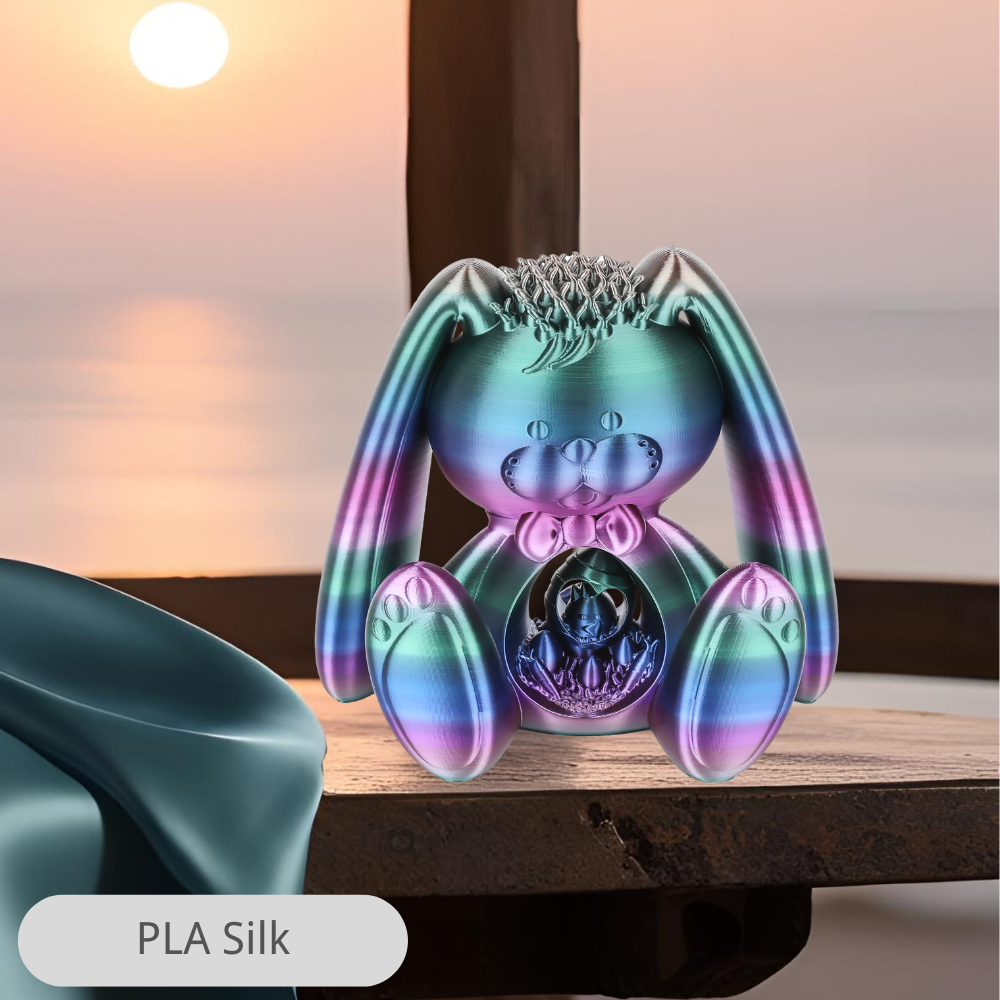
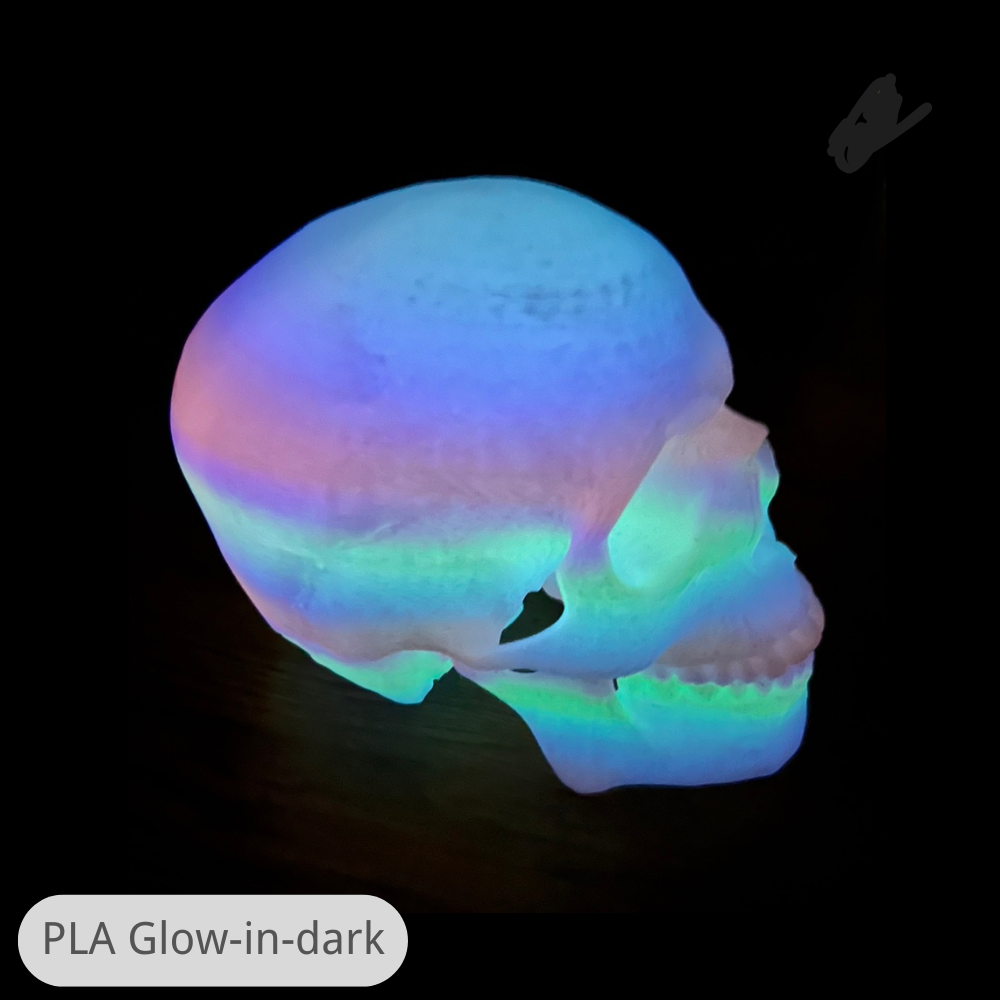
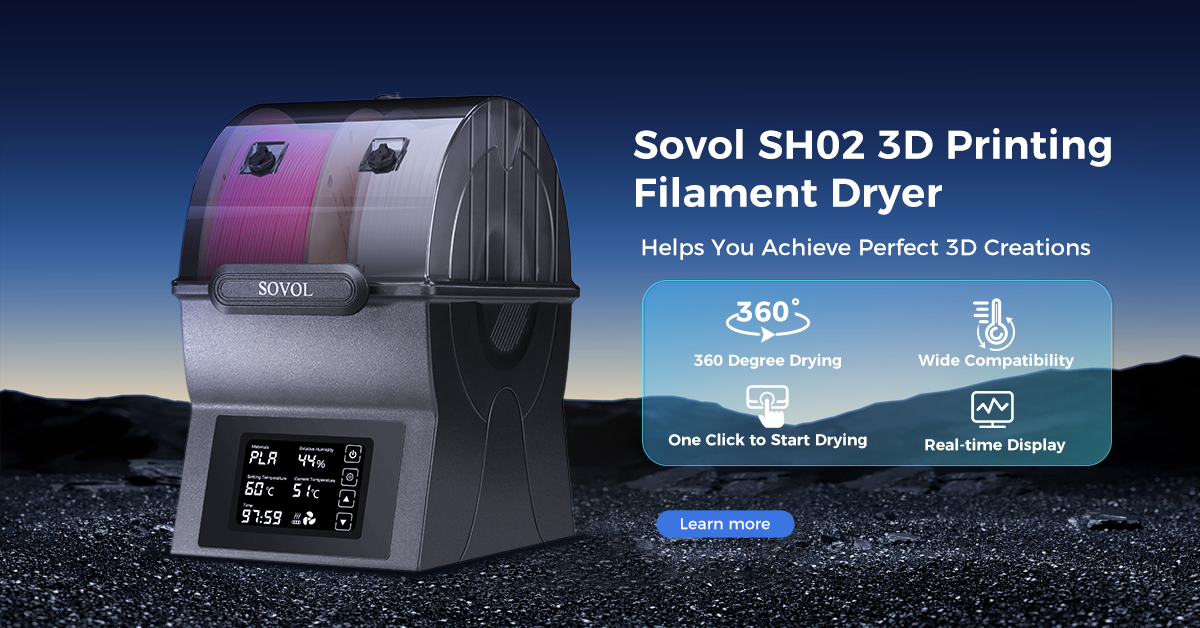
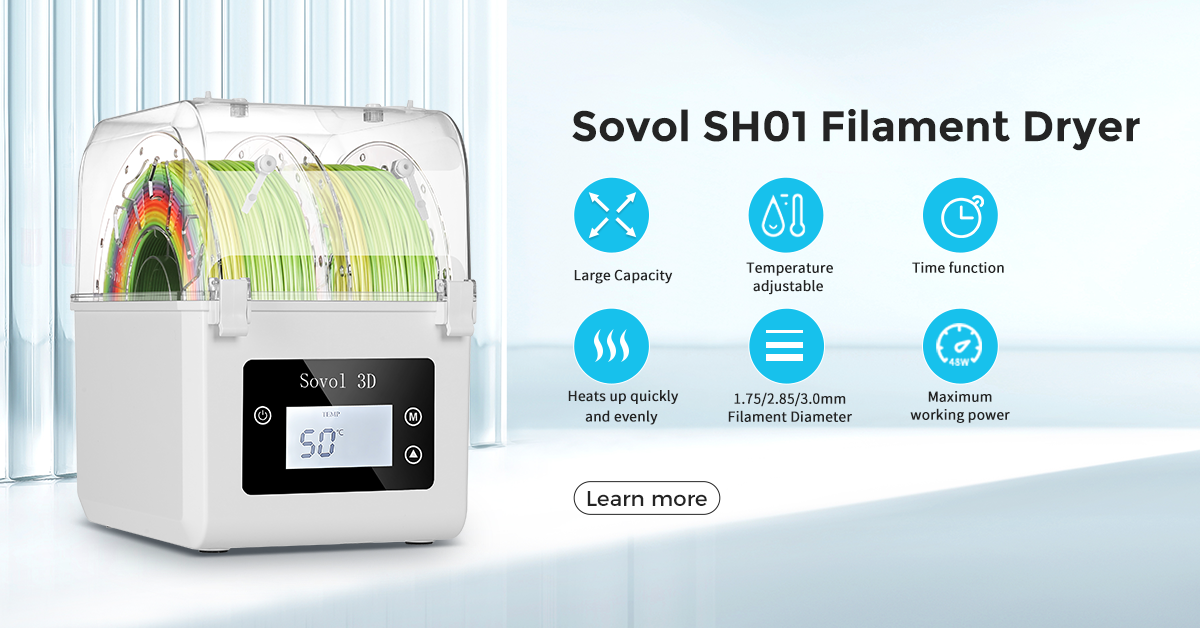
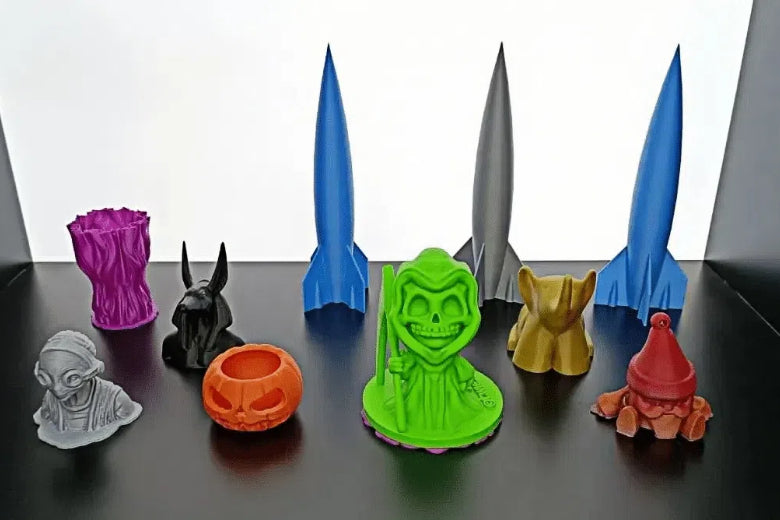
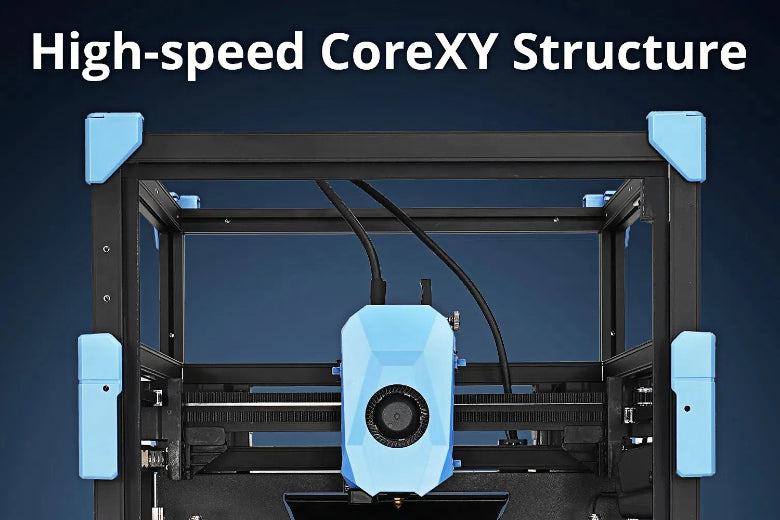
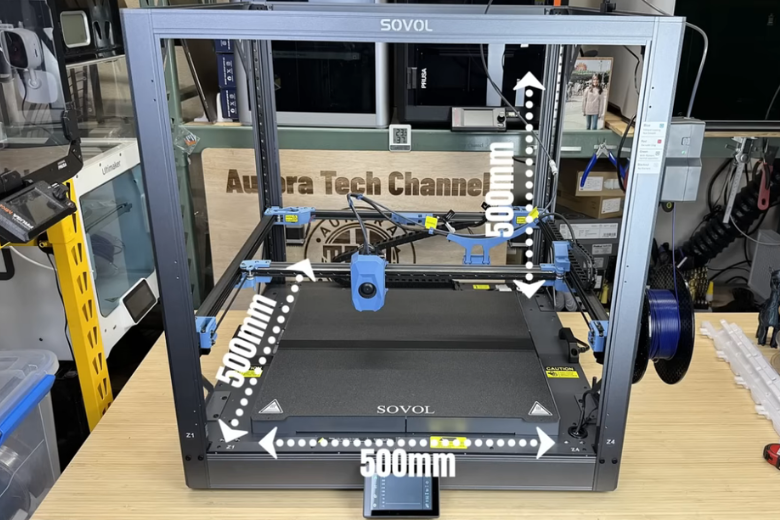
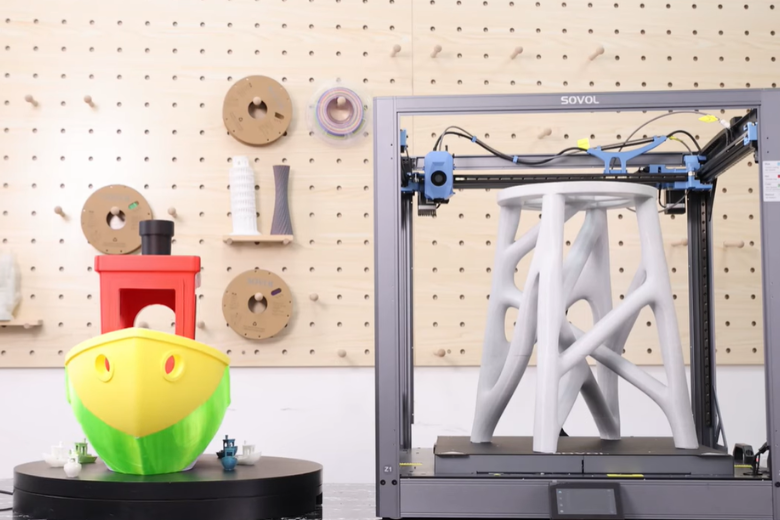






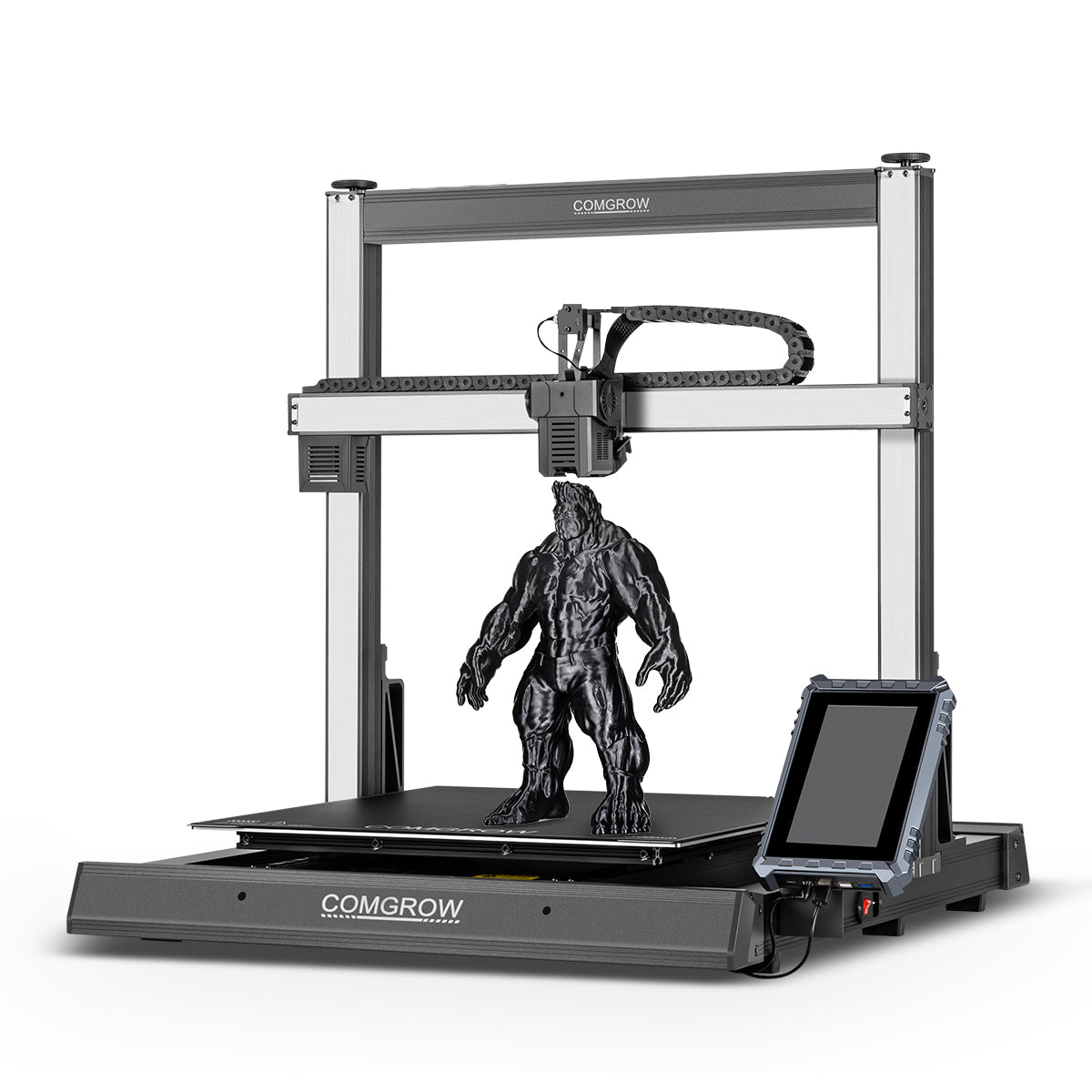

Leave a comment
All comments are moderated before being published.
This site is protected by hCaptcha and the hCaptcha Privacy Policy and Terms of Service apply.